Tamarind paste is made from tamarind fruit that has a very tart and sour flavor. It is used a lot in Thai cooking to give dishes their tart and sour flavors and is most commonly used in Pad Thai.
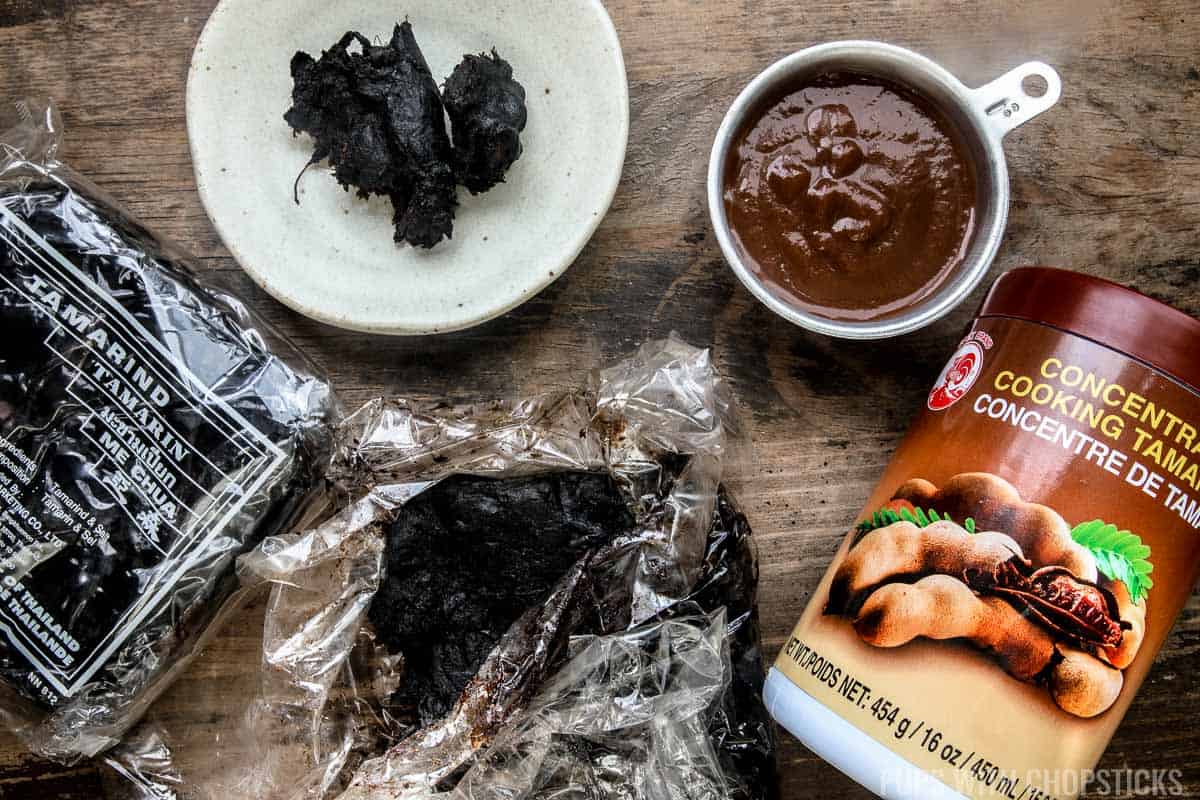
Table of Contents
How Do You Use It?
Tamarind paste comes in 2 forms: a block of thick and sticky tamarind paste wrapped in plastic that still contains the skins, pulp, and seeds, and tamarind concentrates that come in jars that have already been processed with the skins, and seeds removed.
They both have a tart fruity flavor and can be used to add sourness to Thai, Vietnamese or Indian dishes.
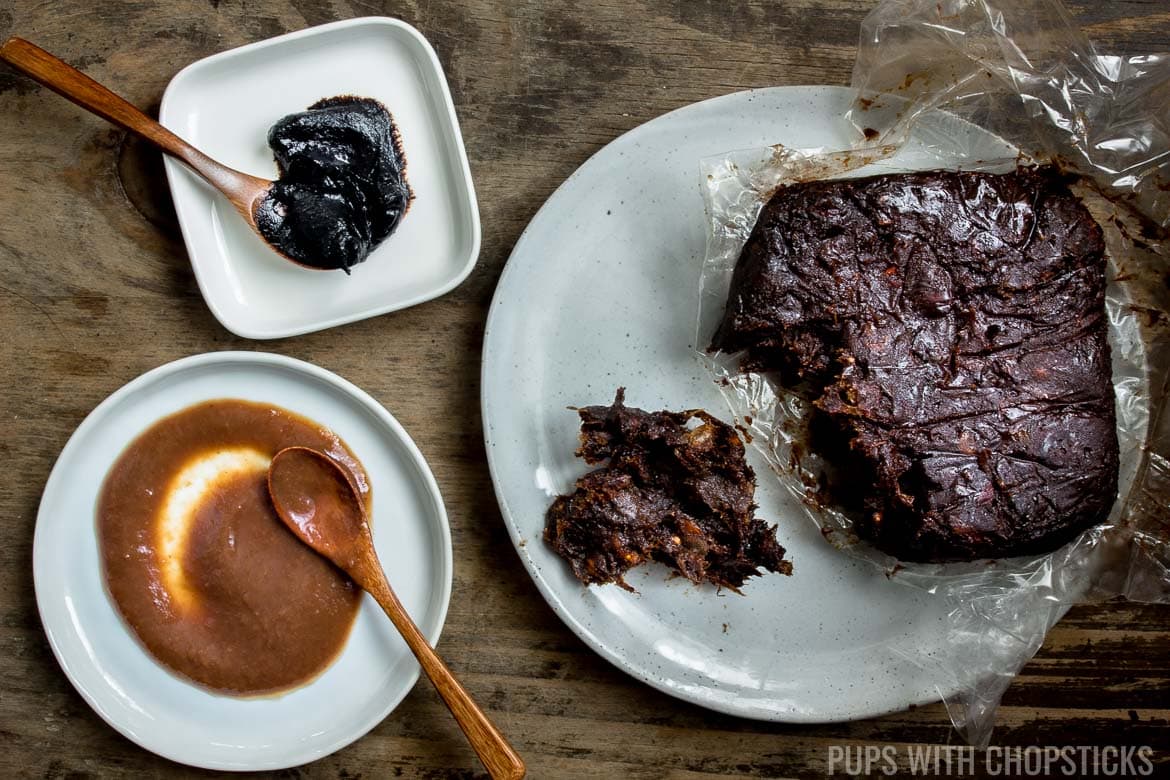
Tamarind Concentrate
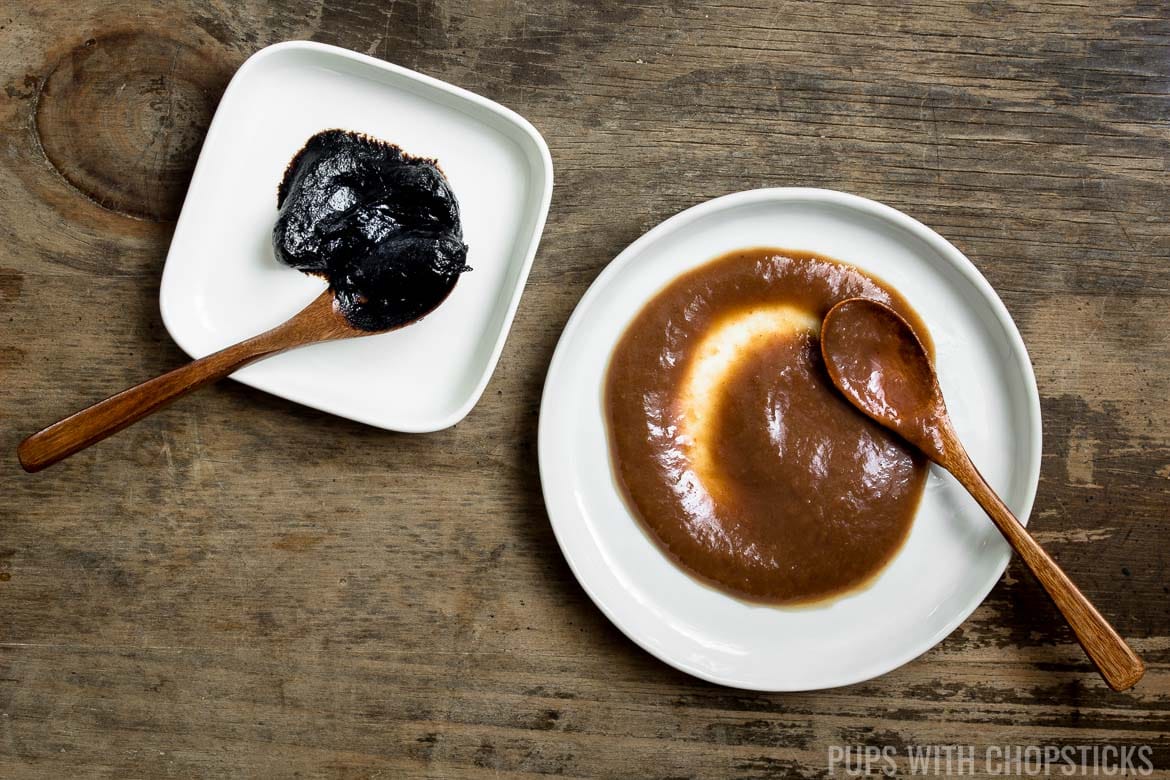
If you are using tamarind paste for Thai cooking, I highly recommend you only use the block of tamarind paste or the tamarind concentrate made in Thailand which has a milder tartness but more of a fruity sweet flavor. Tamarind concentrate from Thailand is a lot lighter in color like the photo above.
Tamarind concentrates made in India are more suitable for Indian cooking and are a long stronger in flavor, and much sourer as well. It is black in color, like the photo above.
Tamarind Paste
If you are buying the tamarind paste in block form, you will need to reconstitute it with water before you can use it.
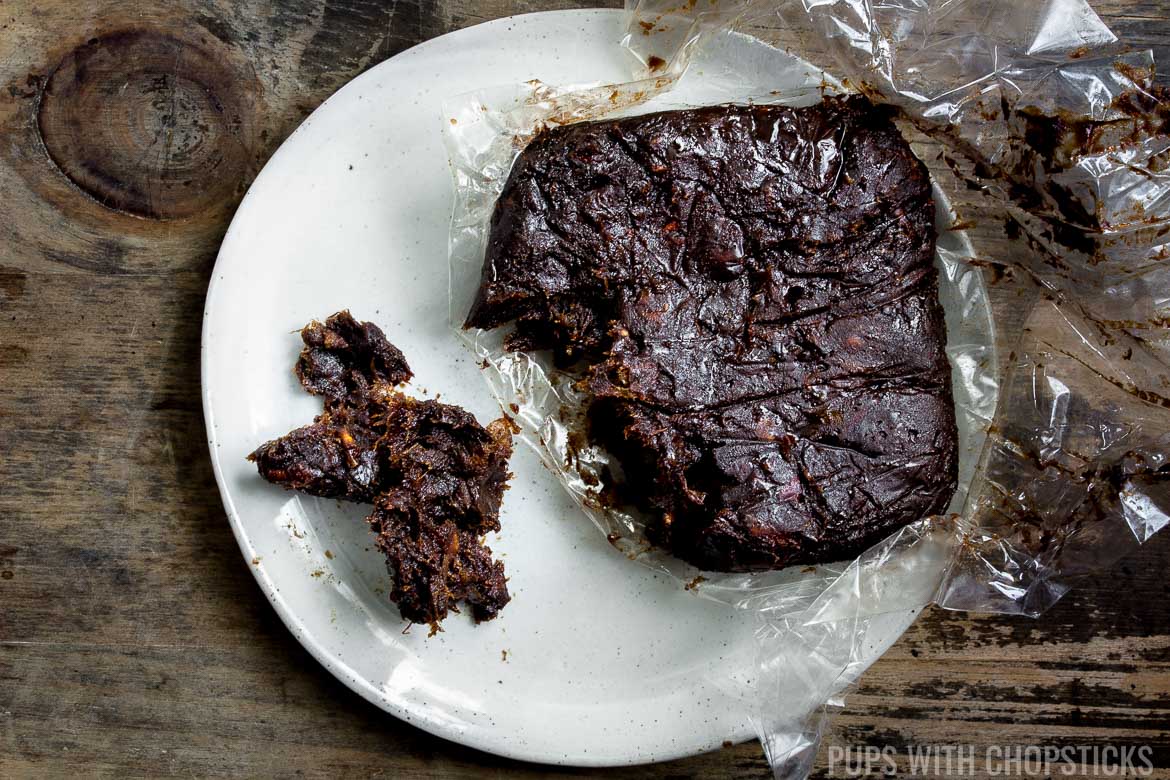
You will need to break the block up into small pieces and soak it in boiling water for about 15 minutes to soften the pulp. Once the pulp has softened, use your hands or a fork to mash the pulp into the water, you will fill some hard pieces, these are the seeds and skins of the tamarind.
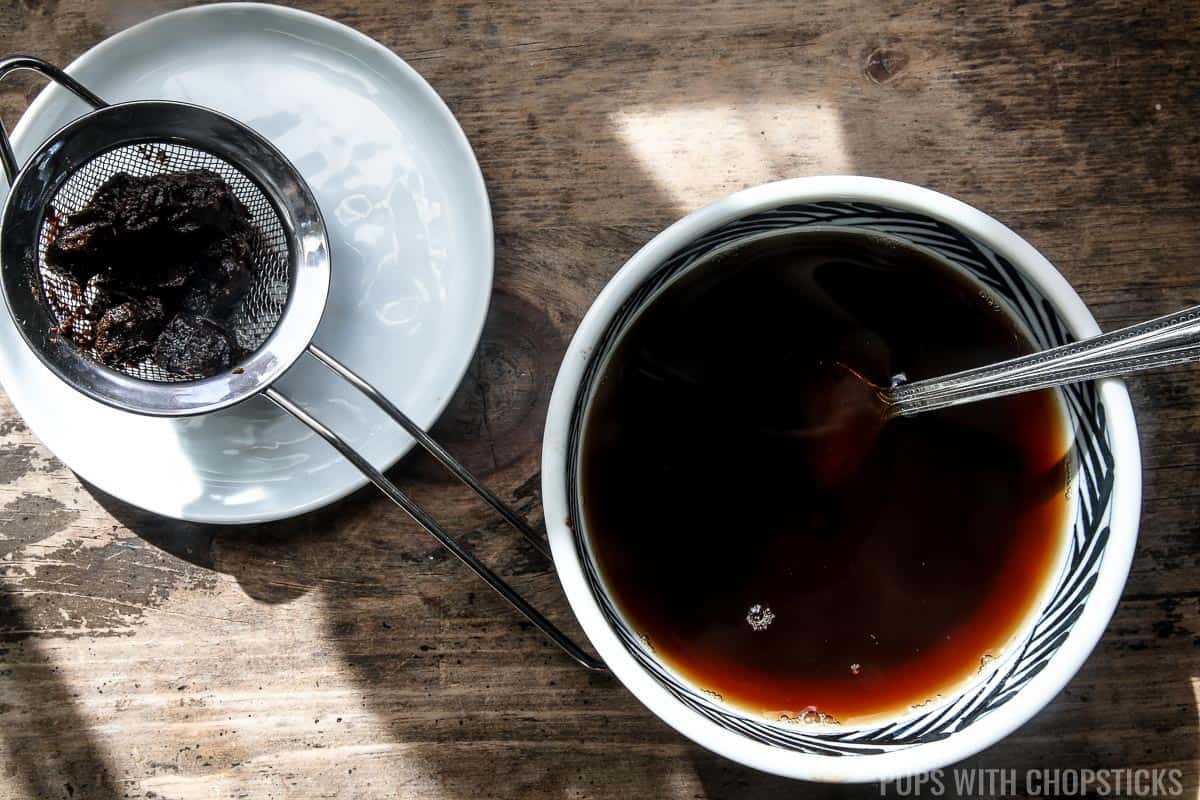
Once the tamarind pulp is incorporated with the water, use a fine sieve and strain out the seeds, and skin by pushing the paste through the sieve. Discard the seed pods and skin and use the paste.
Where Do I Buy Tamarind Paste?
You can find tamarind paste in Asian grocery stores and they are usually located in the aisle of the grocery store where the sauces and spices are.
How Do you Store It?
I usually store my tamarind blocks in the pastry in a well-sealed container but you can also store this in the fridge as well. You should store any type of tamarind concentrate in the fridge.

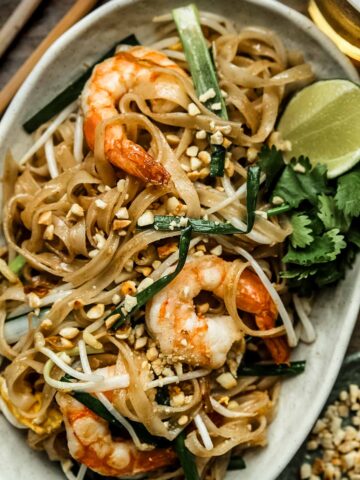
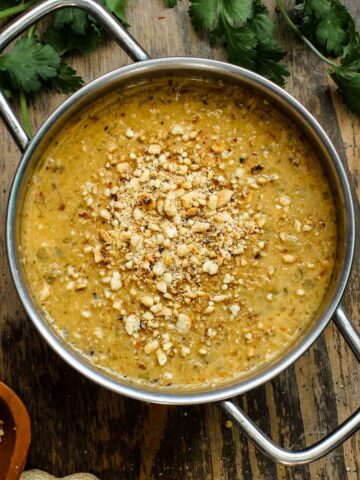
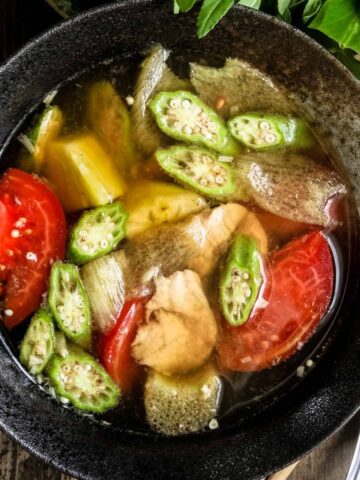

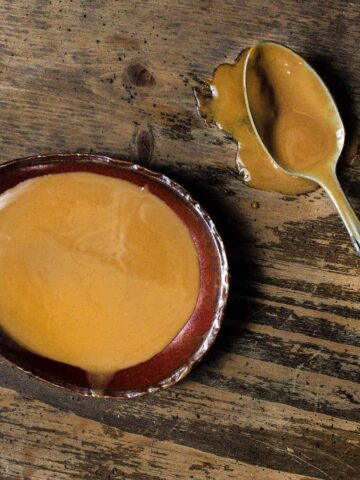

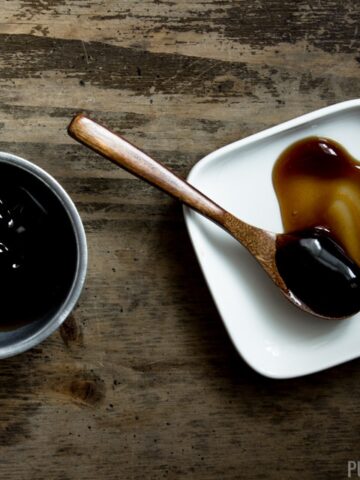
Leave a Reply